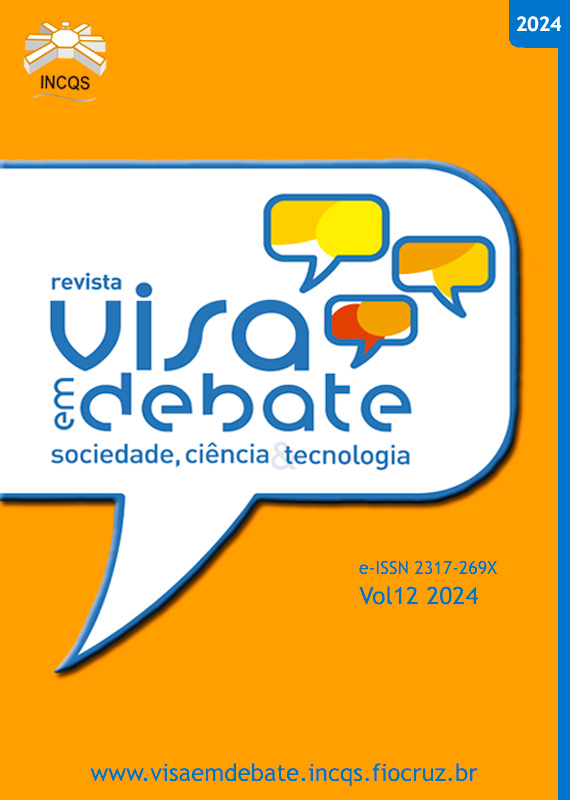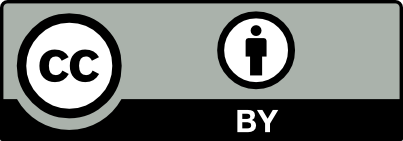Lung injury caused by excessive use of electronic cigarettes: toxicants involved and pathophysiological mechanisms
Vigil Sanit Debate, Rio de Janeiro, 2024, v.12: e02292 | Published on: 23/07/2024
DOI:
https://doi.org/10.22239/2317-269X.02292Keywords:
Eletronic Cigarette, EVALI, Lung InjuryAbstract
Introduction: Electronic cigarettes were introduced to the market for assisting in smoking cessation. However, this alternative is related to the development of Lung Injury Associated with the Use of Electronic Cigarettes and Vaporizers (EVALI), especially in the young population. In this context, it is necessary to understand the mechanisms of lung injury produced by the use of electronic cigarettes in order to establish the true risks of long-term exposure to these vapors. Objective: To elucidate the pathophysiological mechanisms of EVALI. Method: Integrative literature review based on the PRISMA method and search in the LILACs, PubMed, and EMBASE databases, from 2003 to 2023 and free access experimental and epidemiological research in full, with an approach to the pathogenesis of EVALI, were selected. Results: The different constituents present in electronic cigarettes are involved in the development of EVALI as they age through different mechanisms, such as: changes in the structure and functions of the lung surfactant; accumulation of oil droplets in mucus, and alteration of the structure, function, and chemotaxis of cells that make up innate immunity, such as neutrophils and macrophages. Conclusions: Electronic cigarettes induce EVALI through different mechanisms due to the complexity of the composition of substances present in vapors. Clarifying the mechanisms of lung injury is pertinent for regulatory agencies to apply more stringent measures to electronic cigarettes in order to reduce the impact of exposure and cases of morbidity and mortality among young people and adults.
Downloads
Downloads
Published
Issue
Section
License
Copyright (c) 2024 Health Surveillance under Debate: Society, Science & Technology

This work is licensed under a Creative Commons Attribution 4.0 International License.
COPYRIGHT ALLOWANCE The author (s) hereinafter designated as the ASSIGNOR hereby assign and transfer, free of charge, the ownership of the copyrights related to this ARTICLE to the Vigilância Sanitária em Debate: Sociedade, Ciência & Tecnologia (Health Surveillance under Debate: Society, Science & Technology) – Visa em Debate, represented by FUNDAÇÃO OSWALDO CRUZ, established at Av. Brasil, nº 4365, Manguinhos, Rio de Janeiro, RJ, Brazil, CEP 21045-900, under the conditions set out below: (a) The terms and conditions set forth in this Agreement shall apply to the following: 1. The ASSIGNOR declares that they s(he) is (are) the author (s) and owner (s) of the copyrighted property of the ARTICLE submitted. 2. The ASSIGNOR declares that the ARTICLE does not infringe the copyrights and / or other property rights of third parties, that the disclosure of images (if any) has been authorized and that they s(he) assume(s) full moral and / or property liability for its content, before third parties. 3. THE ASSIGNOR assigns and transfers all copyrights relating to the ARTICLE to the ASSIGNEE, especially the rights of editing, publication, translation into another language and reproduction by any process or technique. The ASSIGNEE becomes the exclusive owner of the rights related to the ARTICLE, and any reproduction, totally or partially, is prohibited in any other means of publicity, printed or electronic, without prior written authorization from the ASSIGNEE. 4. The assignment is free and, therefore, there will be no remuneration for the use of the ARTICLE by the ASSIGNEE.







